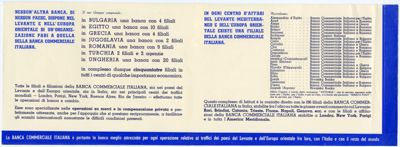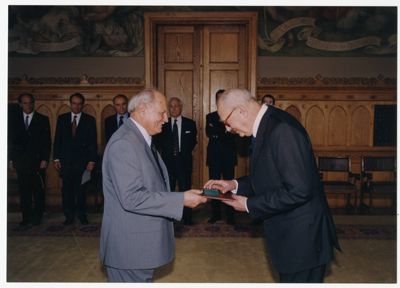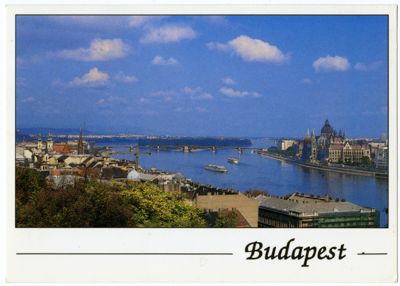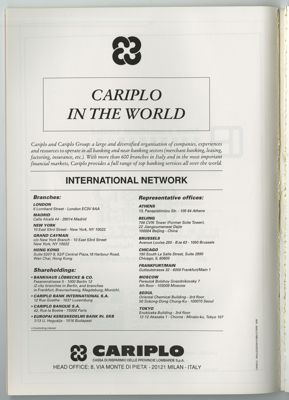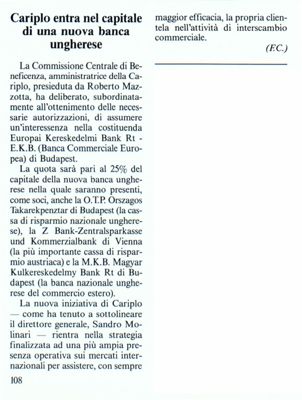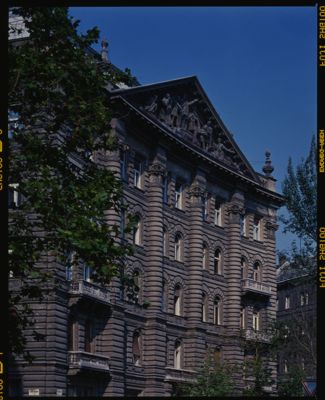| description |
TIMELINE
1920: Banca Ungaro-Italiana (Bankunit), in which Banca Commerciale Italiana held a stake, founded in Budapest.
1948: Bankunit nationalized.
1979: Central-European International Bank Ltd (CIB Bank), in which Banca Commerciale Italiana (BCI) held a stake, founded in Budapest.
1989: Stake in Inter-Európa Bank acquired by Istituto Bancario San Paolo (IBSP).
1991: Stake in Europai Kereskedelmi Bank Rt. (EKB) acquired by Cassa di Risparmio delle Provincie Lombarde (CARIPLO).
2001: Sanpaolo IMI representative office opened in Budapest.
2008: Intér-Europa Bank merged with CIB Bank.
Except for some limited contacts with the Hungarian branches of Austro-German banks and businesses (including through the Trieste-based Assicurazioni Generali), Banca Commerciale Italiana (BCI) had few dealings with Hungary until 1919, when it took part in the negotiations for the creation of new financial institutions on the territories left following the dissolution of the Austro-Hungarian Empire. In 1920 these discussions led to the creation in Budapest of Banca Ungaro-Italiana (Bankunit), in which BCI held a stake until Bankunit was nationalized in 1948, following the changes that took place in the Eastern European region at the end of World War II.
BCI renewed its ties with Hungary in 1979 through its acquisition of a stake at the time that Central-European International Bank Ltd (CIB Bank) was founded; this would later be transferred to Banca Intesa and Intesa Sanpaolo.
In 2007 CIB Bank merged with Inter-Európa Bank, initially a subsidiary of Istituto Bancario San Paolo and later of Intesa Sanpaolo.
In 1991 Cassa di Risparmio delle Provincie Lombarde established its own presence in Budapest, acquiring a minority stake in Europai Kereskedelmi Bank Rt. (EKB), a subsidiary of Bank Austria.
In 2001 Sanpaolo IMI opened a representative office in Budapest. |

